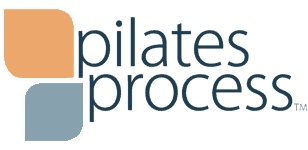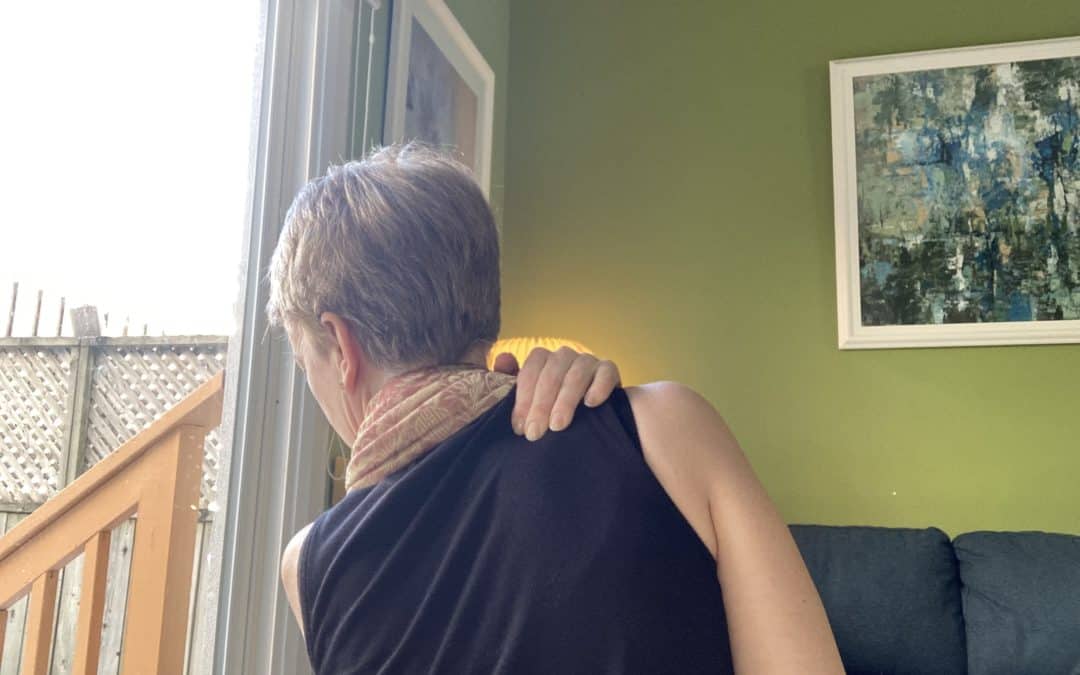How to create a self-care plan that’s in sync with your long term goals.
I have a tenuous relationship with the term “self-care”, even though I do love the general idea: nurture and take care of yourself so that you can replenish your energy and have more to give back to the world. Both your personal world and the world at large. By partaking in acts of self care, we can learn to be a bit gentler on ourselves, more loving, energized, and more tolerant of others.
And who doesn’t need their energy stocks replenished and their outlook reset at times?
We all do.
So what’s with this troubled relationship?
It’s the fear of the downward spiral. It seems that almost anything can be termed self care these days so I worry that it’s just a replacement phrase for indulgence. Is self care an hour of meditation and exercise or eating a pint of ice cream in bed? Or is it a week of calling wine and cheese dinner and avoiding cardio at all costs? (yes. that 2nd option is mine. I’ve never loved ice cream).
I think my fear of the phrase peaked when I heard a corporate executive in a team pep talk describe their self care plan as having their favourite chips in endless supply, an arms reach away in their home office. For most of us, that’s a terrible self care plan.
So the fear is that self care leads to indulgence which leads to erasing healthy habits and interfering with longer term goals/plans/intents.
(Why no, I wasn’t raised a Protestant).
I’m definitely on the spectrum of someone who could use self care. Calming down, accepting, letting things go – all things I could use way more of. So I think my answer is to define the meaning for myself. To set some rules and structure around self care so that there is less moment to moment, day to day decision making, perhaps allowing me to choose self care more often. Without the fear of where it could lead.
Here is my plan.
Create a self care list.
Set three categories of choices for self care.
- These are things that make me feel good in both the short term and the long term. No negatives here. Only healthy results at no cost. Walks, Exercise. House cleaning (an odd one yes, but choose the right time, right mood, right activity. Vacuum to loud music yes. Clean out a closet no).
- Things that I love and are indulgent on some level whether it’s cost, time or passivity. This category is for water spas, hot baths, shopping.
- Things I love, yet are not a daily option. Not necessarily healthy, but a rare, appreciated perk. An afternoon cappuccino and biscotti, and maybe that cheese and wine dinner.
It’s our daily habits that define our long term intents, so I can’t always choose category three. They’re just there on occasion, where they can be a guilt free indulgence. It may seem like over analysis but a pre-defined list can allow freedom from constantly second guessing my choices.
Check in with the results.
Ask yourself if it was worth it? A 3rd category act of self care should be something to truly savour. Lists have to be dynamic -we might outgrow them.
Choose wisely.
If you’re feeling extra sludgy and the weather is beautiful, you may get more out of a walk than you would out of a hot bath and the opposite can be true too. Try to pick what’s best for that moment rather than assume more indulgence is more satisfying.
Nudge positive habits forward.
Many clients tell me that movement and exercise has been their life long nemesis. The hardest thing to successfully integrate into their lives. And lockdowns have wreaked havoc on many of their gains. I’ve been offering 1 minute movement breaks on Instagram live during this current lockdown. 1 minute to stretch and move. The enthusiastic feedback is at once surprising and expected. How can a tiny intervention be so positive?
- Because it’s super short and pleasant, it’s easy to keep showing up. It’s a success.
- It keeps movement at the forefront of the mind or at least pulls it out of the deep dark recesses.
- Moving more usually makes us want to move more. It’s a gateway habit.
If you are like me and struggle with a balance between indulgence and discipline, find small steps that are successful. So that we can start to redefine ourselves and not lose sight of long term possibility.
by Laura Helsel Gauthier
Pilates Process™ Director
Franklin Method Educator®, Presenter, Writer

